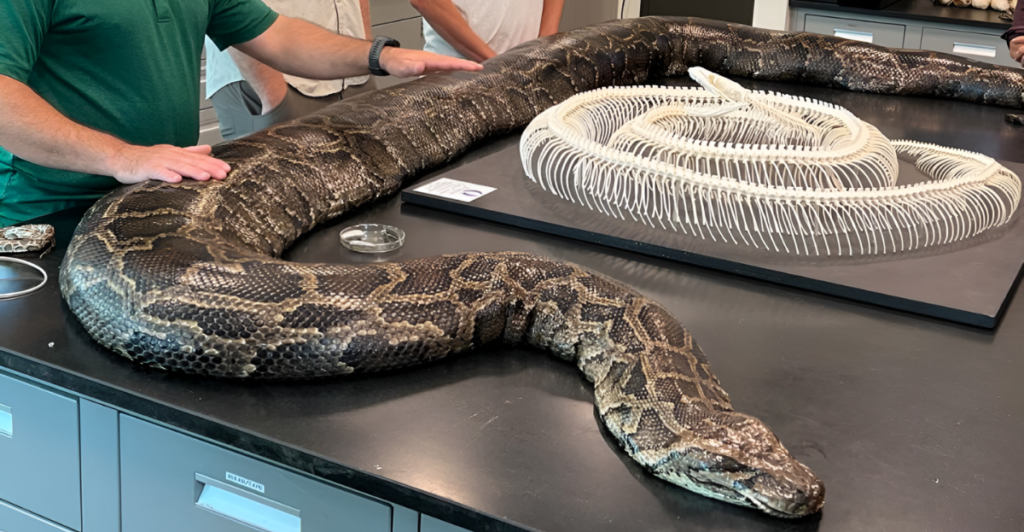
Consider an animal so resilient, it turns evolution on its head. That’s what could be occurring in the wetlands of Florida as we speak. Following a strange cold front in 2010—something that hadn’t affected Florida in decades—a tiny percentage of the Burmese pythons survived.
But these were no ordinary survivors. Researchers are now discovering they possessed strange genetic characteristics that enabled them to weather the harsh cold snap.
And today? Their offspring are ready to spread even wider and faster throughout North America. It’s survival of the fittest—on steroids—and in time, things could be a lot slither-ier than anyone might have anticipated.
The Big Freeze That Changed Everything
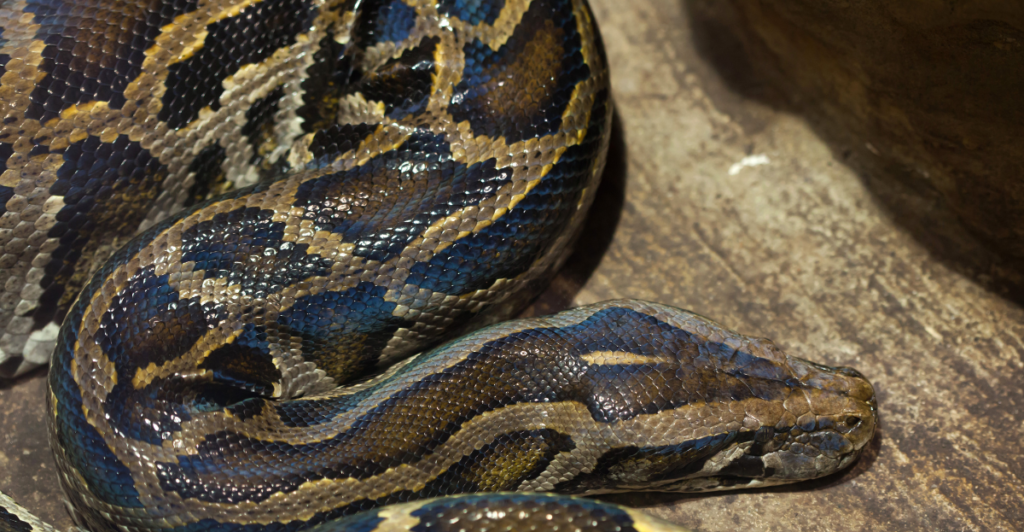
A devastating cold front swept Florida in January 2010, locking wildlife in place. Iguanas fell out of trees, citrus trees sparkled like crystal, and the Burmese pythons of the Everglades lived through mass slaughter.
Temperatures dropped to a jaw-dropping 24.8°F (-4°C). It was a one-two punch for cold-blooded animals. Initially, it seemed to be a victory for conservationists fighting the invasive snake infestation.
Pythons were decimated as far as the eye could see. Populations seemed to crater. But nature had other ideas. Entombed in the debris were survivors—an elite, cold-resistant few—possessing the genetic stamina to make it through yet another day.
Why Some Snakes Survived
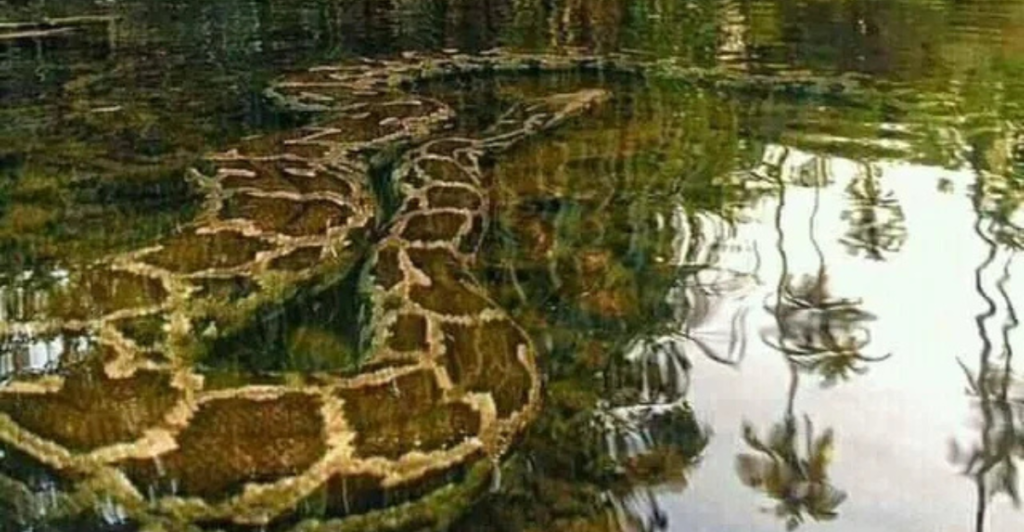
And as it happens, it wasn’t all coincidence. The surviving pythons had something different going on under the hood: genes that were resistant to cold. Most snakes tried basking above ground, which proved deadly.
But a smart few burrowed underground or stayed submerged in more comfortable waters. Scientists later found that these survivors now possessed DNA changes concerning thermoregulation and metabolism.
These snakes were predisposed to behave differently—they were smarter, hardened, and much tougher. It’s a reminder that evolution doesn’t always take millions of years. Sometimes it can happen with one cold night and some fortunate genes.
An Unplanned Evolutionary Experiment
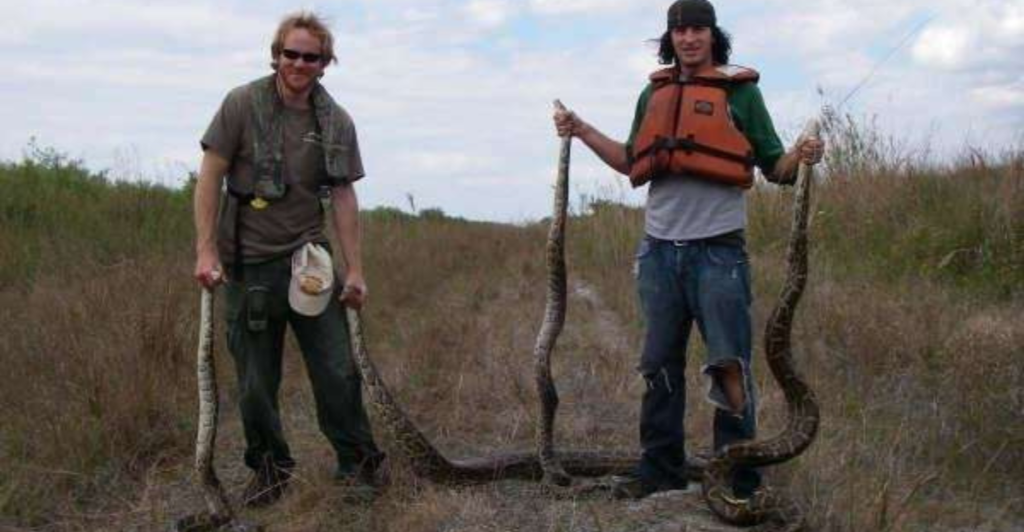
Scientists refer to the 2010 freeze as a “bottleneck event.” In effect, the catastrophic die-off leaves a handful of survivors—those that endured and repopulated the area with their new adaptations.
Geneticists such as Daren Card and Todd Castoe began working on analyzing python DNA following the freeze. And what they discovered was incredible. Survivors had genetic markers associated with increased thermal tolerance and adaptable metabolism.
In simple terms: they would be able to withstand cold better and modify diets if prey was scarce. Evolution wasn’t plodding along slowly in this case—it was running at full speed. Florida’s python invasion, already a major problem, was going to become a whole lot worse.
What the Genes Reveal

DNA from pythons after the freeze revealed alterations in key “thermal tolerance” genes. These genes assist snakes in sensing temperature changes, maintaining body temperature, and modifying behavior in the cold.
Another surprise? Metabolic genes, too, changed, enabling more frequent and less substantial meals. Researchers believe these changes enabled pythons to survive when major prey was scarce.
If that is the case, not only could the snakes travel farther north, but they could flourish there. Although there are still studies taking place, there is no doubt that their population seems invincible.
The Fast Lane of Evolution
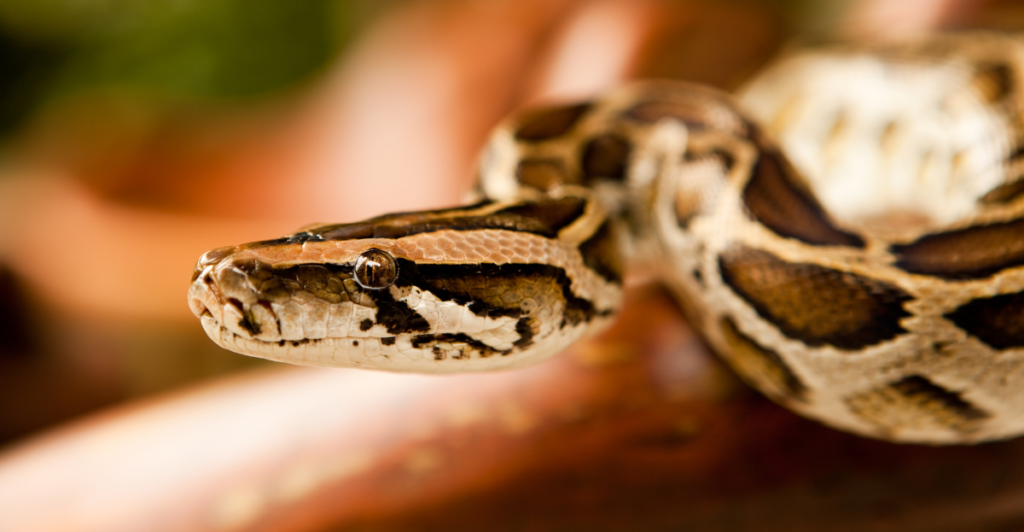
We picture evolution as a gradual, slow process—mutations piling up over dozens of generations. But Mother Nature floors it every so often. Sudden environmental stress—such as a lethal cold snap—can trigger rapid adaptation.
Castoe summed it up nicely: when you’ve got significant genetic diversity to begin with (as Florida’s pythons did, brought from all around Asia), fast environmental changes can lead to rapid evolution.
“If I’ve got the allele, what the hell am I waiting for?” he joked. That is, the genetic deck was already shuffled. The cold just rearranged the cards. And now the snakes are playing for keeps.
Why It Matters (And Why It’s Scary)
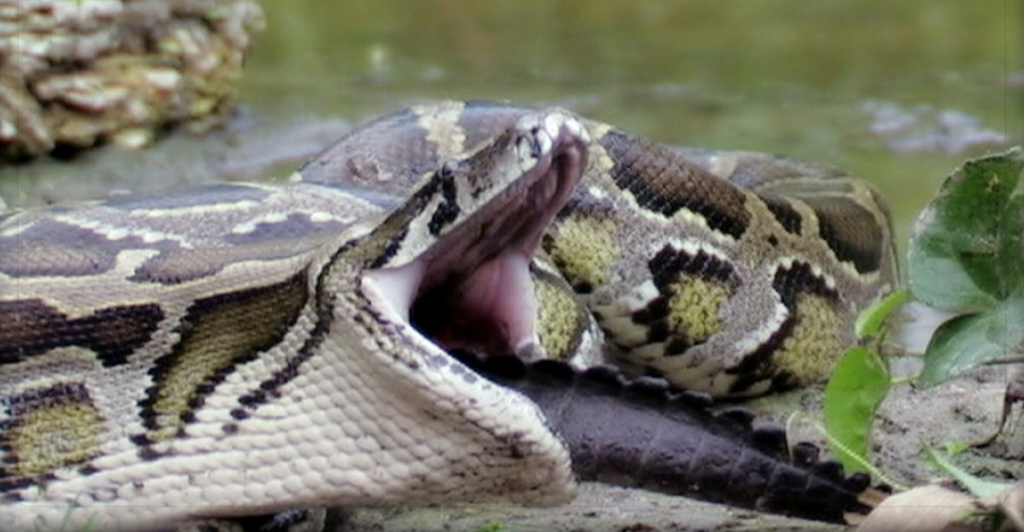
This is no longer a Florida issue. Cold-hardy pythons theoretically could spread far beyond the Everglades—into Georgia, South Carolina, even into parts of Texas. That is frightening for native wildlife, already being affected by invasive animals.
Burmese pythons are top predators, feeding on rabbits, deer, and even alligators. If their range increases, native wildlife will have an even more difficult time rebounding. Plus, controlling python populations is costly and frustrating work.
With genetically stronger snakes, the task just got a whole lot more challenging. Nature might have provided them with the ultimate survival upgrade—but maybe we’re going to pay for it for the next few decades.
What Scientists Still Don’t Know
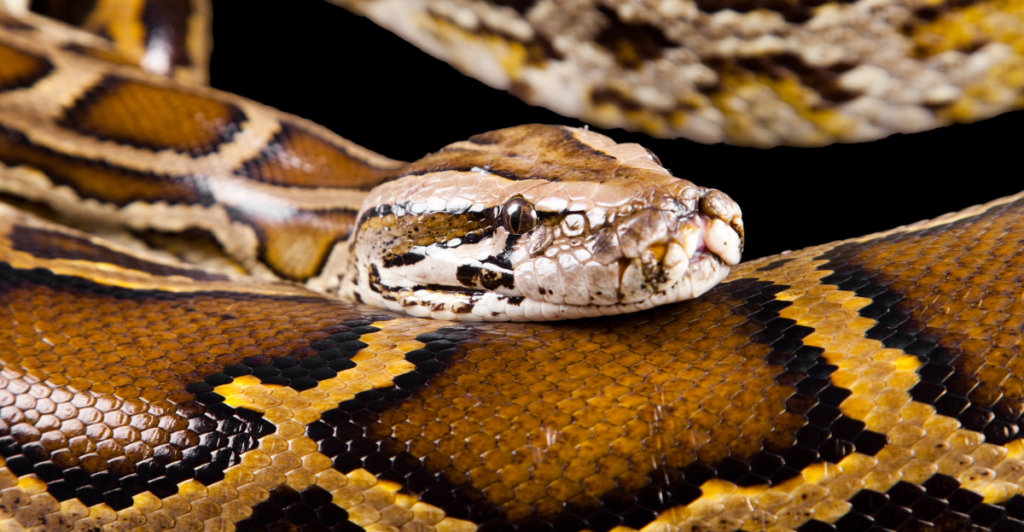
Yet, even with some awe-inspiring discoveries, the story isn’t entirely over. The first study was small, and no large follow-up studies have reproduced the result (at least not yet).
Geneticists admit they’re still watching this trend from “30,000 feet.” That is, we have a sense that something occurred—but we don’t yet have the whole picture. How fast will these traits spread across the nation? Will they spread and become dominant in the gene pool?
Will disease or other predators hold them back? We simply can’t be certain right now. But the data we do have indicates that pythons aren’t just hanging in, they’re thriving in ways we never could have imagined.
Nature’s Brutal, Brilliant Logic
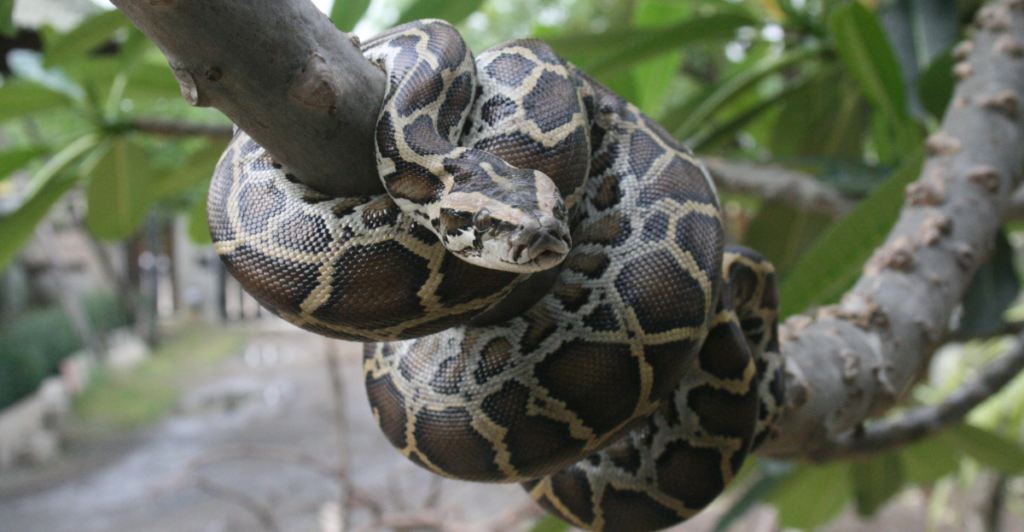
If there’s one thing the 2010 Big Freeze taught us, it’s this: nature doesn’t play favorites. It rewards whatever works, even if that means letting a cold-tolerant super snake emerge from the ashes of an epic die-off.
Evolution isn’t some genteel, incremental process—it’s savage, brutal, and flash-fast when it must be. Florida pythons aren’t merely hanging on; they’re evolving, breeding, and gearing up to colonize new ground.
It’s a grim consideration, but it’s also a grand demonstration of the way life steadfastly refuses to be exterminated, no matter how many hurdles are in its path.
So, What’s Next?
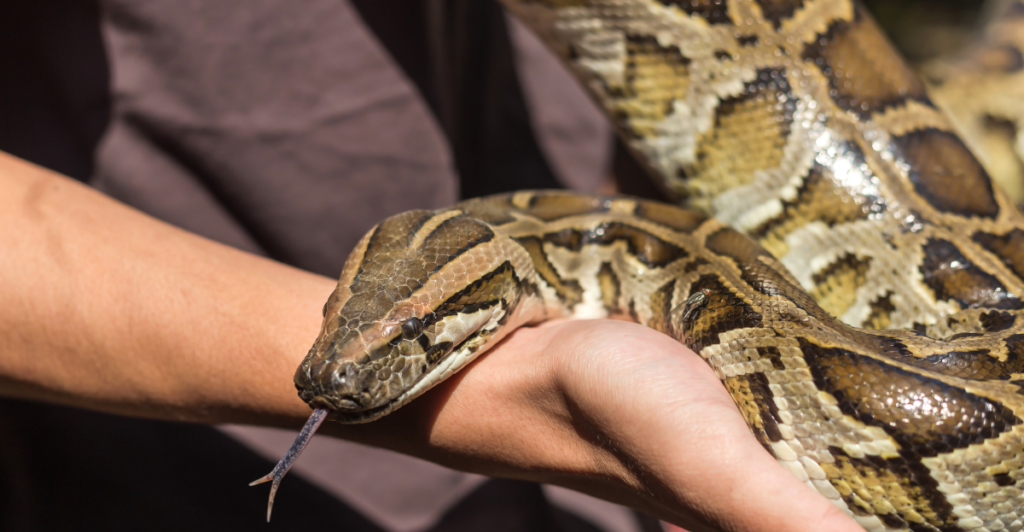
The next decade will be the determining factor. Wildlife authorities are increasing python hunting and removal activities. Practically speaking, though, it’s like trying to clean the ocean with a paper towel. The cold-resistant pythons have a head start—and every year they get tougher, smarter, and more difficult to manage.
Scientists are urging more genetic research, improved tracking protocols, and tougher invasive species legislation. In the meantime, Floridians (and perhaps soon after, their northern kin) may become used to seeing much more of these sneaky snake artists.
Explore more of our trending stories and hit Follow to keep them coming to your feed!

Don’t miss out on more stories like this! Hit the Follow button at the top of this article to stay updated with the latest news. Share your thoughts in the comments—we’d love to hear from you!







